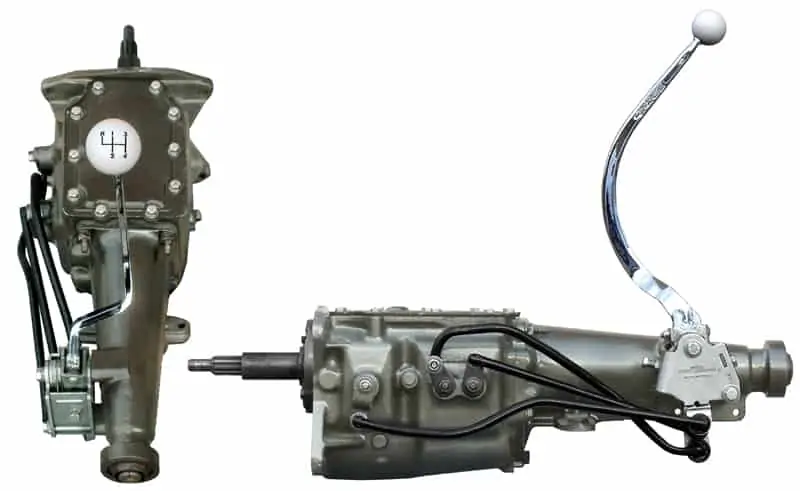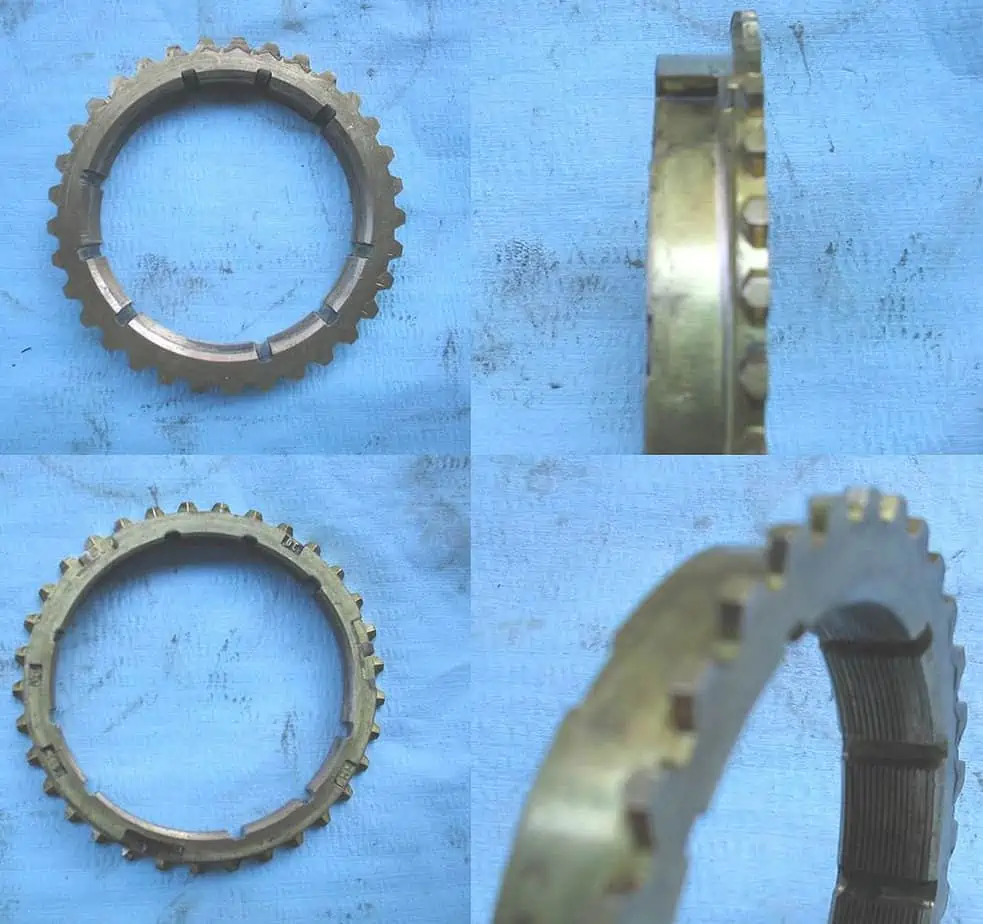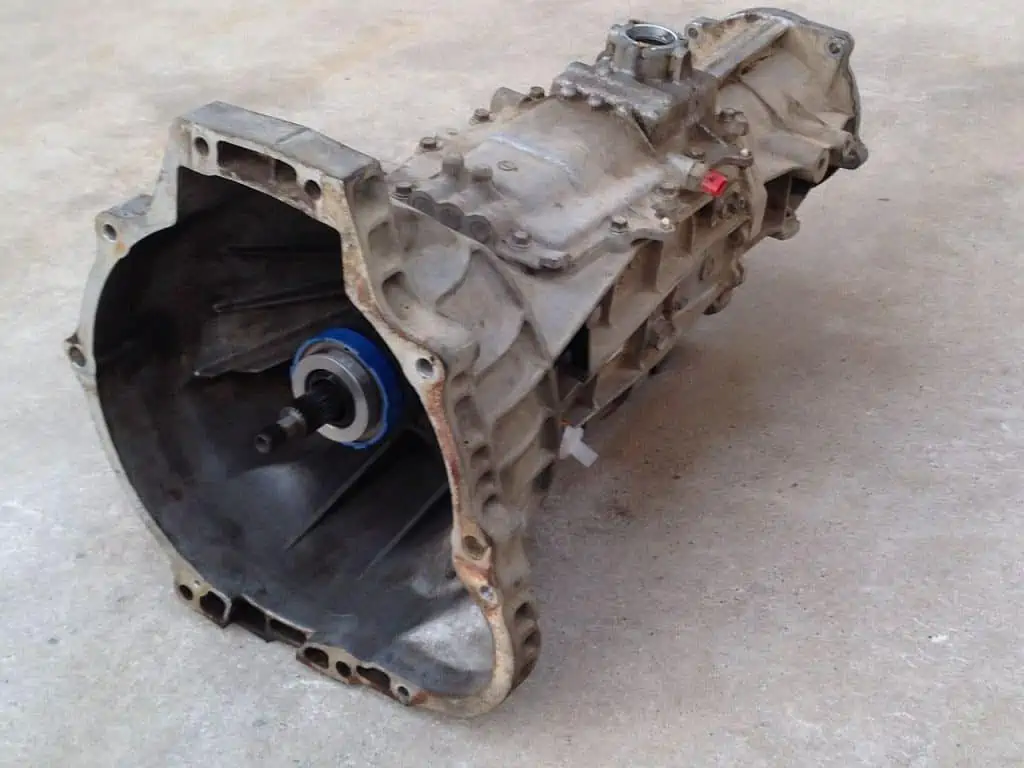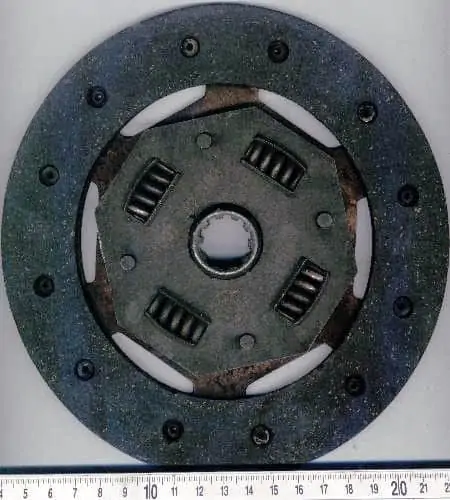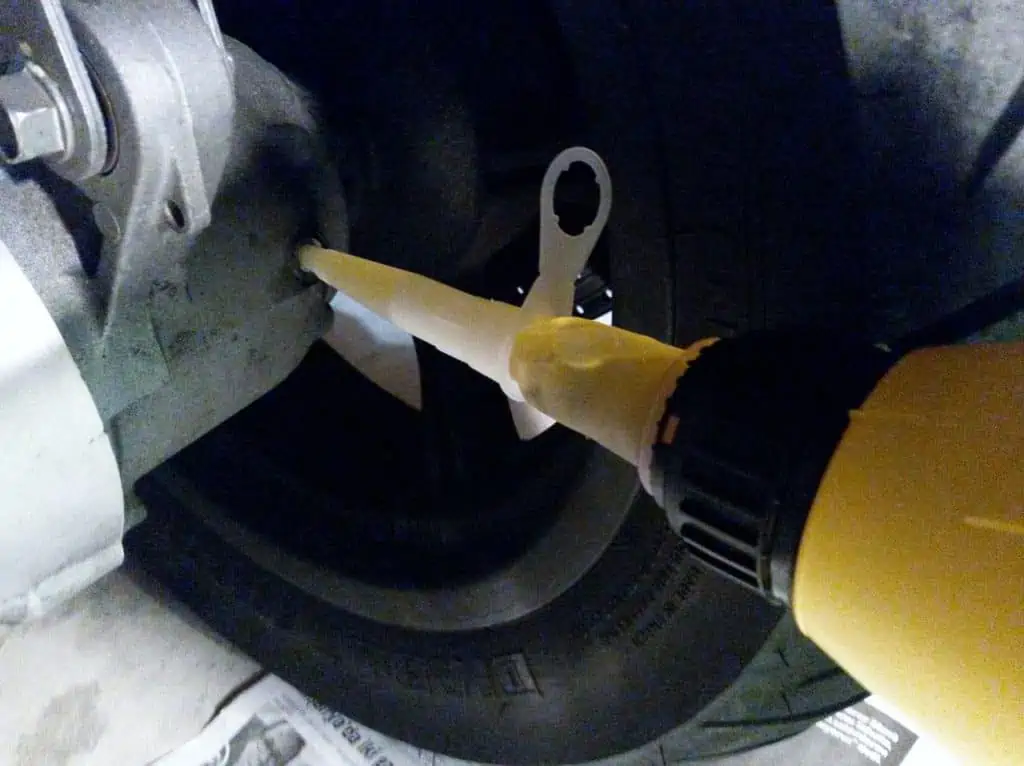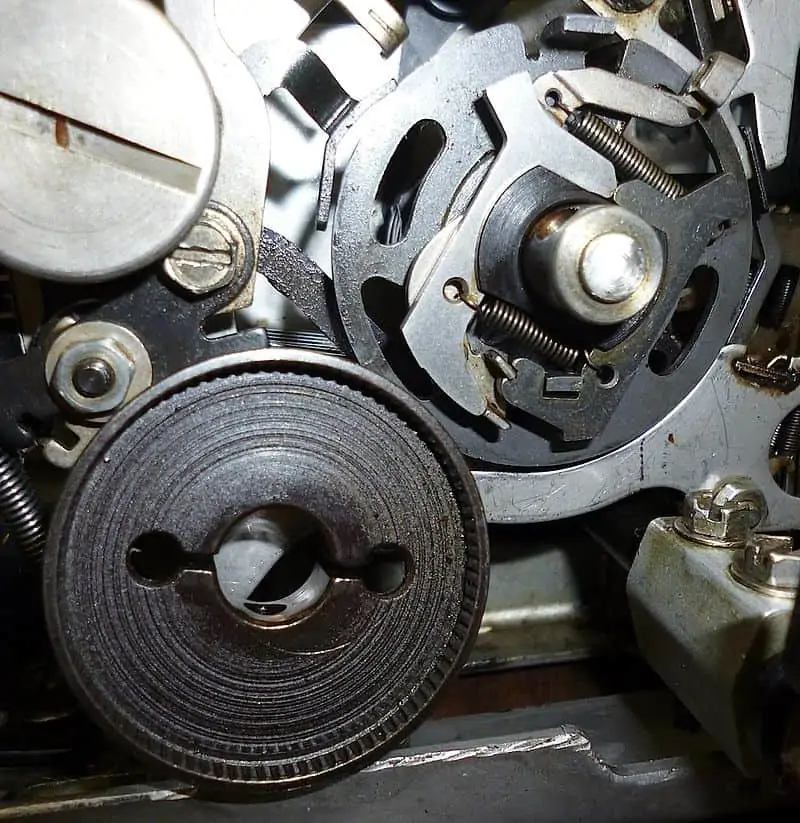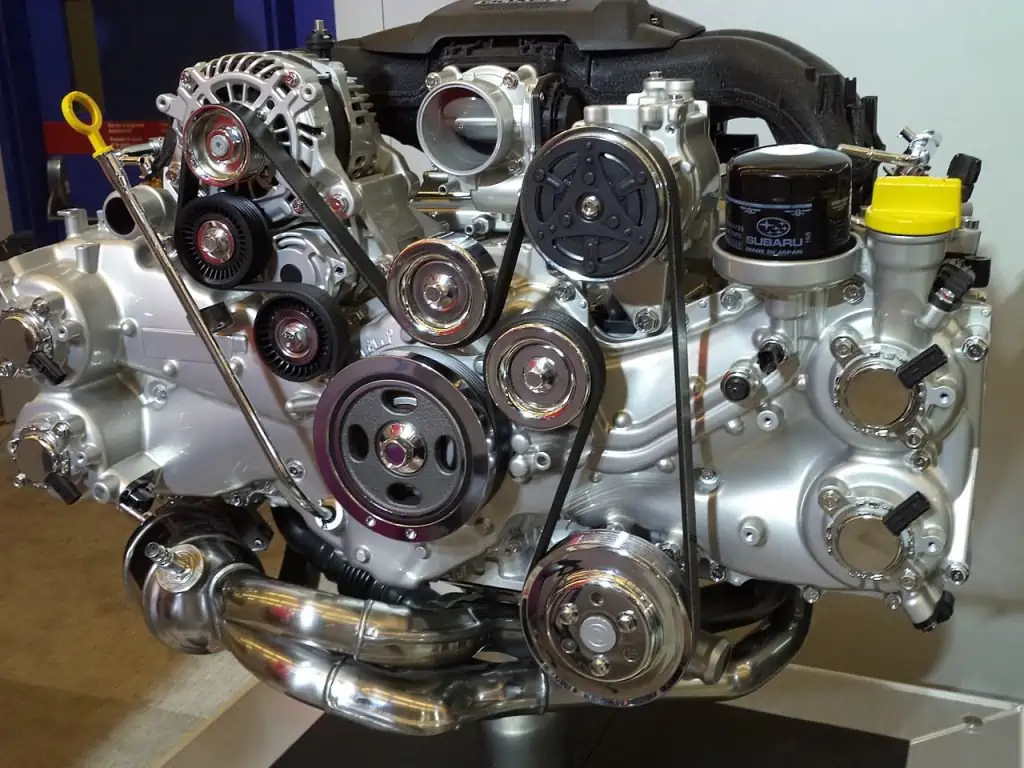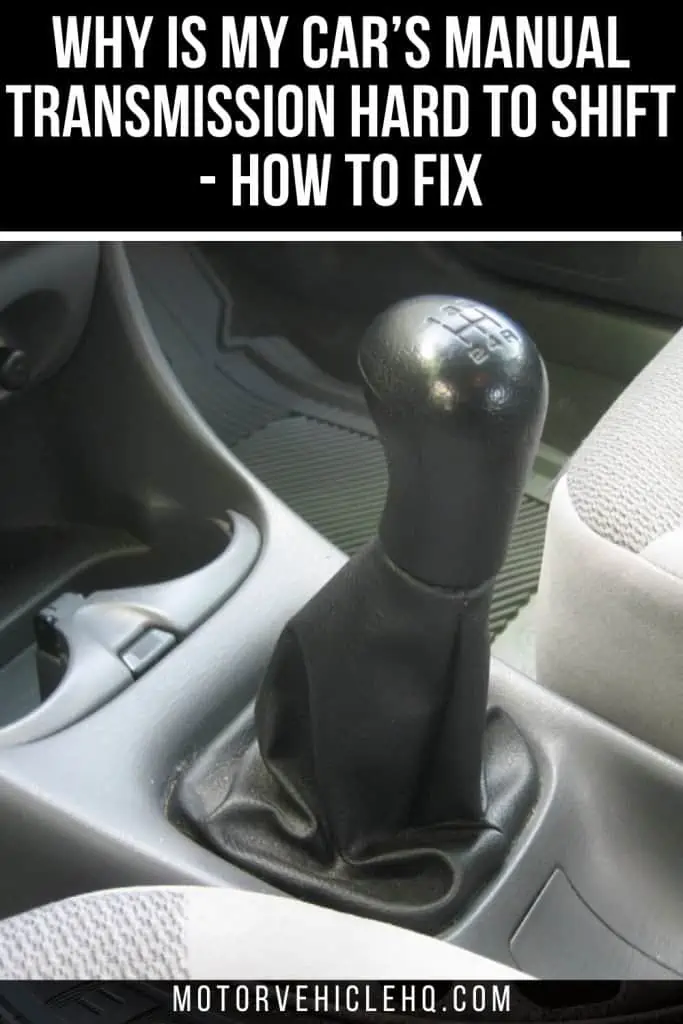Your vehicle’s manual transmission usually referred to as a manual gearbox, is a type of transmission that enables the driver to stick with shifting gears. The system also employs a third pedal for clutch control, allowing the driver to change ratios while on the road.
The drivers may benefit from learning to drive a manual transmission vehicle, but it may take some time and practice. The ability to drive nearly any vehicle anywhere in the globe is made possible by using a “stick shift,” which increases your sense of connection to the road.
These vehicles are effective and give the driver the abilities they need to drive other types of vehicles, although manual gearbox issues are common. It is possible to avoid manual transmission hard to shift by fixing manual transmission issues. Before they worsen, these concerns can be resolved by identifying their underlying causes.
Overview of Manual Transmission Hard to Shift
If everything functions as it ought to, shifting a manual gearbox should be simple. What follows is what may make shifting in your manual gearbox challenging.
A faulty clutch or hydraulic clutch system is most commonly the blame for your manual transmission’s difficult shifting. Additionally, it could damage the gearbox by breaking the synchronizer rings or harming the gears.
Even though manual transmissions are less common today, there is still a lot of driving on the roads. If you drive a manual transmission car, you want to make sure it works well so you can enjoy it for many more kilometers. How then do you handle manual transmission hard to shift issues?
While some problems are simple to fix, others might need to be replaced. We look at the top 6 reasons why a manual gearbox is difficult to change, which will get you out on the road more quickly. Let’s first quickly examine the potential reasons.
Your manual transmission hard to shift is most frequently caused by a bad clutch or hydraulic clutch system. It may also harm the gearbox by causing broken synchronizer rings or damaged gears. The amount of the gearbox fluid should also be checked because it might affect shifting.
In this article, we give a more thorough list of the potential reasons for manual transmission hard to shift problems.
How Do Manual Transmissions Operate?
Input and output shafts are connected by a series of gears in manual gearboxes. A shift fork and a shift lever connect this gear set to the driver. The gear inside the gearbox that interacts with the output shaft varies when the driver shifts the shift lever from gate to gate.
Every contemporary manual gearbox has synchronizers (also known as synchros). When you move the shift lever into a new gate, synchros assist in balancing the speed difference between one gear and another.
For a given wheel speed, lower gears provide more torque but call for a faster engine speed. The optimal gears for acceleration are lower ones.
Higher gears provide substantially less torque but may move the wheels more often with each engine revolution. The greatest gears for max speed and fuel efficiency are these.
The majority of manual gearboxes have one gear with a nearly 1:1 ratio. In other words, the speed of the output shaft, which is connected to the wheels, and the input shaft, which is connected to the engine, is about equal.
Schedule for Manual Transmission Maintenance
The most expensive changes you can have in your vehicle, aside from replacing the engine, are transmission repairs or replacements, which you will have to pay for out of pocket.
Given this, it is wise to pay close attention to your transmission’s operation and longevity to maintain it secure and healthy.
Following the maintenance plan suggested by your car’s owner’s handbook or your mechanic will help you avoid future issues, address current ones, and maintain your transmission’s longevity and performance.
Since if your gearbox is not properly maintained and the symptoms are not evaluated by an expert, serious problems with your vehicle may arise. To maintain your vehicle functioning smoothly, there are precise techniques to identify the manual gearbox issue.
For individuals who are unfamiliar with vehicles or who are uneducated about the noises of a faulty gearbox, diagnosing the potential issue with your car on your own might seem like a very time-consuming chore.
If this is the case, it could be helpful to conceive of the internal workings of your vehicle as being comparable to what you have developed for other appliances, such as those in the kitchen or bathroom.
Synchronizer rings by A7N8X / CC BY-SA 3.0. Today’s manual gearboxes all have synchronizers. Synchros help to balance the speed differential between one gear and another as you move the shift lever into a new gate. Faulty synchros make shifting difficult.
Why Does a Car Experience Manual Transmission Hard to Shift Problem?
We need to find out why shifting in manual-transmission vehicles might occasionally be more challenging than in automated autos. The manual transmission hard to shift symptoms is typically caused by a clutch or transmission problem.
1. The Clutch System Issues
The clutch mechanism is the first place to examine if a manual gearbox is difficult to shift gears in. The power to the transition is engaged and disengaged via the clutch mechanism. The clutch system is made up of a few key components, including the clutch cover, clutch disc, release cylinder, release bearing, and release fork.
Together, these components assist in transferring power from the engine to the gearbox. Pressure is applied to the clutch master cylinder when you depress the clutch pedal as the driver. The release cylinder, release fork, and the clutch cover is pushed by the clutch master cylinder. Put your vehicle into neutral with the aid of this procedure.
You may swiftly change speeds at that point since the engine is not sending extra power to the transmission as the car shifts into neutral. However, shifting gears in a manual gearbox will be challenging if the clutch master cylinder is destroyed.
Additionally, it will be quite challenging to shift gears in a manual gearbox if the clutch and engine do not engage and disengage at the proper times. In extremely extreme circumstances, you won’t be able to shift at all, rendering driving impossible.
The Clutch Master Cylinder
It is a hydraulic pump that, when the force is exerted, feeds fluid to the slave cylinder farther along the line to complete the amplification.
On the other hand, if the fluid level in the reservoir rises when the clutch is depressed and then rises once again when the clutch is released, the seal has worn down and internal leaks have resulted.
The Release Cylinder
This part converts the master cylinder’s hydraulic pressure into a mechanical force that controls the clutch fork. However, strange clutch pedal feel, low or contaminated brake fluid, leaks on the engine compartment floor, and low or contaminated brake fluid are all signs of a damaged slave or release cylinder.
The Clutch Cover
This component facilitates and hinders the transmission’s connection to the engine. The flywheel, clutch plate, pressure plate, and diaphragm spring all rotate under this cover, creating inertia that engages the gears. Therefore, keep in mind to make sure the clutch cover’s bolts are not too tight as this might harm the bolts’ threads.
The Fork and the Release Bearing
In the transmission bell housing, a ball stud serves as the pivot point for the release fork. The fork is moved by the clutch slave cylinder, and it also has a release bearing attached to it.
When the clutch pedal is depressed, the release bearing is pulled up against the pressure plate diaphragm. This separates the engine’s power from the gearbox by releasing the pressure plate’s clamping strain on the clutch friction disk.

The pressure plate rotates at the same speed as the engine since it is attached to the flywheel. It would be loud and the part would have a limited lifespan without a bearing that can spin as a release mechanism.
To prevent unpleasant noises when operating the system, certain components must be changed before they lose quality through overuse. You could find it challenging to shift a manual gearbox because of the release bearing and fork.
The Clutch Disc
Its function is to link the vehicle’s engine to the input shaft of the transmission. However, if you have clutch drag, the clutch disc is either broken or not functioning correctly, which makes manual transmission hard to shift.
2. The Synchronizer Ring Issues
The primary job of the synchronizer ring is to smoothly and promptly engage the gear at the appropriate time. Small teeth on the synchronizer ring are readily engaged and stitched into the main gear. It will be challenging to shift gears in a manual gearbox if the synchronizer ring is malfunctioning.
The hub sleeve can readily engage the synchronizer ring’s many microscopic teeth, allowing it to fit into one of the main gears. The technique of double clutching is all but extinct thanks to synchros.
Synchros take over when you try to change into the next gear and the speeds aren’t lined up. The synchronizer ring won’t be able to engage with the hub sleeve if it has been damaged or worn. You will therefore have shifting problems.
By taking your time during your shifts, you may often reduce synchro problems. Give the gearbox some time. The transmission should accept the shifter into the next gate with ease when you attempt to change ratios. Your synchros are used far less as a result.
3. Faulty Gears
The gear is a crucial part of the manual transmission system. The counter gear, backward, first, second, third, fourth, fifth, and occasionally sixth gears are the manual transmission’s gears.
Each gear contains teeth, which serve primarily to engage with the synchronizer ring to “catch” and switch gears. It will be quite challenging to shift gears in a manual gearbox if teeth eventually become worn down to the point where they can no longer hold the synchronizer ring.
4. A Faulty Gear Hub
The required gears are activated by a hub gear. To provide a link between the gears in the transmission system, a hub gear is placed in between various gears, such as the first and second.
The hub gear immediately influences the shifting system since it is coupled to the transmission shaft. It may be extremely challenging to shift gears in a manual gearbox if the hub gear becomes broken.
5. Problems with the Hub Sleeve
The hub sleeve’s primary job is to engage the main gears. To choose and connect to the various gears, the sleeve works in conjunction with the hub gear.
The hub gear, which serves as the link between the main gear and the hub gear, also travels left and right during the gear shifts. On the other hand, worn-out hub gear might make manual gearbox gear shifting challenging.
Manual transmission by Typhoon / CC BY-SA 3.0. If you are having problems switching ratios with a manual transmission, your gearbox can be locked in a certain gear.
To avoid the hub sleeve failing, be sure to keep your oil level at the recommended level. Your transmission will have low oil levels in the gear system, which may cause gear changing to malfunction if it is leaking oil or if routine maintenance is not performed.
6. A Stuck Gear In the Transmission
Your gearbox may be stuck in a certain gear if you are having trouble changing ratios in a manual transmission. This issue is typically brought on by a few things, and it typically means that your vehicle has one of the following issues:
- Incorrect oil type for your vehicle and transmission or a low oil level.
- If there are issues with the linkage or the shifter, look for any damage to the internal rods, control arm bushings, or shifter arms.
- Forks and synchronizer sleeves, among other internal parts, are jammed.
- Drive gear teeth that are worn or damaged, whether they relate to the hub gear, hub sleeve, or gears themselves.
- The shift rail is stuck.
- Transmission alignment issue.
Any of these symptoms makes the manual gearbox challenging to use and makes it challenging for the driver to change gears.
7. Transmission Won’t Engage a Gear
Another reason why a driver of a manual gearbox struggles to change speeds is if the transmission won’t engage any gear at all. The shift linkage may be broken or the clutch may not release all the way if you are unable to choose a gear.
8. Reduced Levels of the Clutch Fluid
Most clutch systems employ hydraulic fluid, similar to the brake system, to transmit the force you provide to a pedal within the vehicle. The pressure plate springs are pushed by this force, which also pulls on the clutch fork. The clutch is released as a result.
You won’t be able to correctly transmit this force from the clutch pedal if your clutch fluid level is low. On-off switches are not intended to be used with clutches. Your clutch may begin to engage at a very sudden point if your clutch fluid level is low.
This can make shifting and taking off from a traffic signal challenge. You might not even be able to shift the car into gear if you have no clutch fluid at all.
9. Faulty Shift Cables
Due to packing constraints, a straight shifter connection is not common in cars. This indicates that the transmission and shifter are situated in various areas of the vehicle.
A shifter cable connects the shift lever and the gearbox shift fork on vehicle designs like these.
You can have problems shifting the vehicle into gear if your shifter cable is strained or out of alignment. This might be as straightforward as replacing or adjusting the cable. Dropping the transmission and replacing the clutch is preferable.
10. Low Level of Gear Oil or Transmission Fluid
It’s crucial to clean and replace your transmission fluid (or gear oil) at the regular intervals specified by the vehicle’s manufacturer.
The clutch disc, release cylinder, release bearing, release fork, clutch cover, and other vital parts make up the clutch system.
Your gears won’t be receiving the lubrication they require if you have burned transmission fluid and don’t change it or if you have a leak in the fluid.
Neglecting low transmission fluid is not a good idea. Not only will this make it more difficult for you to change gears, but you’ll also start to hear all kinds of weird noises, which usually indicate transmission problems.
To ensure there are no leaks, at the absolute least, top off your transmission fluid and check its level.
Manual Transmission Hard to Shift: How Can You Troubleshoot This Problem?
Nowadays, automatic transmissions are more prevalent, but a manual, or conventional, gearbox might create some issues for those who still prefer the hands-on method.
A clutch allows the engine of your vehicle to send power to the transmission. The transmission’s sector forks determine which gear is used.
Even though there are parts to stop gears from sticking or grinding, this does happen occasionally. Before speaking to a mechanic if this occurs, there are numerous things to check for.
Step 1: Examine the Transmission Fluid
Your transmission’s moving components are lubricated with transmission fluid. In a car with a manual gearbox, you should check your fluid every 30,000 to 60,000 miles.
If you don’t, metal fragments from the gears, synchronizers, and bearings may pollute your transmission fluid. Shifting may be impossible or difficult as a result. Since low transmission fluid seldom communicates its presence, it’s crucial to regularly check it.
If you notice that your transmission issues are occurring in cold weather or if you are using a fluid that was not initially suggested for your vehicle, you may also need to update to a new type of fluid.
Step 2: Pay Attention to Grinding and Gear Collisions.
As you change gears, grating noises will be produced by grinding gears. If this is the case, your synchronizers could be having issues.
The two primary driving gears are locked at the proper speed with the engine by synchronizers, which are located between them.
Additionally, synchronization rings that fit the main shaft’s gears’ breadth and depth might deteriorate or bend. When this occurs, your vehicle can stop shifting.
Step 3: Examine the Pressure Plate
The pressure plate or clutch disk may be at fault if your gearbox won’t shift into gear when the engine is running but will while the engine is off.
Every 15,000 miles, you should get your clutch disk inspected (or less if you engage in stop-and-go, city driving). Without removing the transmission’s bell housing, there is no way to tell if your pressure plate or clutch disk is damaged. It might be preferable to replace either if you think they are worn.
Gear oil is being added by Sciencefreak109 / CC BY-SA 3.0. Your transmission fluid (or gear oil) has to be cleaned and replaced at the regular intervals advised by the vehicle’s manufacturer. Problems with difficult shifts might result from low gear oil levels.
Step 4: Examine the Clutch Linkage
The clutch linkage may have become detached or the clutch cable may have cracked if your clutch engages quickly or slides readily but won’t let you shift.
These issues will also be brought on by worn clutch pedal bushings. Determine if the complete clutch assembly or specific clutch parts need to be replaced by consulting your technician.
How Much Does the Manual Transmission Hard to Shift Repair Cost?
It may be necessary to replace or repair your car’s manual gearbox if you discover that it is difficult to shift gears. If so, you should research transmission rebuilds, repairs, and replacements.
The Average Rebuild, Repair, and Replacement Cost
One of the largest and most expensive repairs or replacements is the transmission. For most autos, the approximate cost of a replacement gearbox is between $1,800 and $3,400.
If you want to save costs, old transmissions cost between $800 and $1,500, rebuilt transmissions cost between $1,100 and $2,800, and remanufactured transmissions cost between $1,300 and $1,300.
The Variations
You must be aware of the variations among these alternatives for your manual gearbox to choose the one that will work best for your vehicle.
Depending on the degree of the damage and how difficult it is to shift gears in the manual gearbox, rebuilds can occasionally cost just as much as a replacement. The upper end of the replacement and rebuild pricing ranges typically fall within the same price range.
However, the cost is on the lower end, ranging between $300 and $1,400 if you only require a repair to remedy the hard shifting in manual gearbox autos.
Ideas for Saving Money on Manual Transmission Hard to Shift Repair Cost
Consider that you want to avoid spending too much money on the solution to the manual transmission hard to shift. In such a scenario, you might consider searching for a remanufactured transmission yourself rather than hiring your autobody shop. You will simply have to pay the nearby repair shop’s labor fees in this manner for the components installation.
The Cost-Influencing Factors of a Manual Transmission Hard to Shift Repair
The cost of the transmission will vary depending on many variables, all of which have an impact on how much you will pay and how well the shop will solve the manual gearbox’s difficult shifting. You should anticipate paying thousands more than simply a repair if the transmission requires a complete rebuild or replacement.
1. The Make Your Car
The brand of the vehicle has a significant impact on your cost. Certain vehicles, such as luxury vehicles, will be substantially more expensive than more affordable American-made vehicles. Additionally, the cost of transmission repair may rise if your car is a rare one that needs extra maintenance.
If your clutch engages or glides easily but won’t let you shift, the clutch linkage may have come loose or the clutch cable may have fractured.
2. The Extent of the Damage
You should prepare to pay significantly more for this service if the damage to your vehicle and transmission requires more than a basic repair. Serious damage to your vehicle would often necessitate a total rebuild or replacement, which could cost you up to $3,500.
3. The Old vs. the New Car
You can anticipate paying a different amount if your vehicle is ancient compared to if it is new. An older vehicle could have more problems and cost more to replace or repair.
The vehicle will also have seen greater wear and tear, necessitating a more involved repair. It can sometimes be more difficult for the driver to change ratios in an older vehicle with a manual gearbox.
4. The Signs of a Manual Transmission Hard to Shift Problem
There are various indications and signals to look out for to determine whether you need a transmission repair for your manual gearbox’s hard shifting.
By replacing your transmission fluid periodically and following the manual’s recommendations, you may prevent many of these problems.
Remember that even a little technical issue with your transmission might result in an impending engine failure, which is one of your car’s most expensive repairs.
The first step before a costly engine or transmission replacement is required is these observable and audible indications. The warning indications include:
- While driving, the transmission slips between gears.
- When Neutral, grinding and buzzing noises are particularly common.
- The odor of burned fluid.
- The Clutch is making grinding noises, dragging, and remaining engaged.
- Switching gears may cause grinding or banging.
- In a manual gearbox, changing gear is difficult.
- A pause or hold up when shifting.
If you see any of these signs, you should immediately check into transmission repairs to avoid having to pay for an expensive replacement.
Is Fixing a Manual Transmission Hard to Shift Worth It?
Nothing will be simple or inexpensive to fix if the manual gearbox is difficult to shift. It will be the cheapest to address an issue if you have low transmission fluid or gear oil.
Recheck the fluid lines; if there is a leak, you must either repair or replace them. It may be more cost-effective than having to fix or replace the transmission entirely because it is less expensive.
Now is the time to remedy the issue. Any more might result in irreversible damage to your transmission, which would be impossible to inexpensively repair.
There is another way to fix it if you are unable to do it on your own. Bring it to a qualified technician who can assist you in determining the issue and provide a solution.
Car engine by Zytonits / CC BY-SA 2.0. Keep in mind that even a little gearbox problem might lead to an approaching engine failure, one of your car’s most expensive repairs.
The Conclusion
As you can see, there are several causes of the difficulty shifting gears with a manual gearbox. Additionally, you could observe clear signs that these problems are present, which prompts you to research the costs of a transmission rebuild, replacement, or repair.
You may avoid loud grinding and humming noises while changing gears, burning fluid, clutch dragging, lags or delays when changing speeds, and being unable to change ratios with a manual transmission by being aware of the typical symptoms of transmission problems. By resolving these problems, you may prolong the time that your vehicle will operate safely.
Knowing the problems, you may now see why you experience manual transmission hard to shift. Therefore, you must see the closest service shop the next time you have these symptoms to maintain the car.
You should study the following additional maintenance advice to comprehend your car’s issue and correct it if necessary.
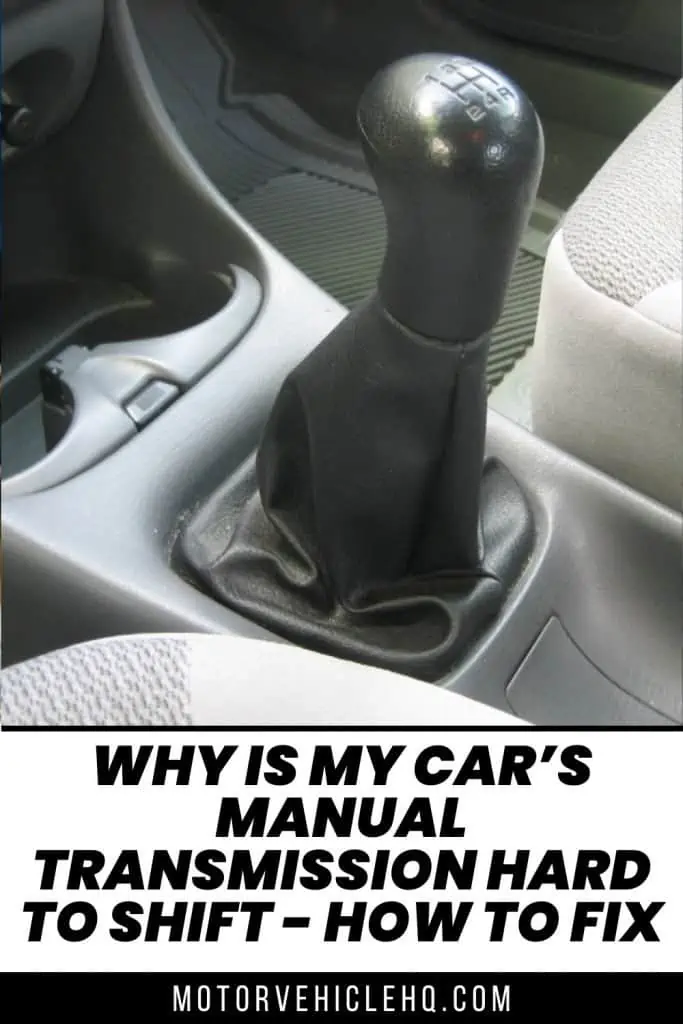

Jim Wicks is the founder of MotorVehicleHQ. With over two decades of experience in the automotive industry and a degree in Automotive Technology, Jim is a certified car expert who has worked in various roles ranging from a mechanic, car dealership manager, to a racing car driver. He has owned more than 20 cars over the past 15 years. Ask him about any vehicle you see on the road and he can tell you the make, model and year. He loves the aesthetics of all things cars, and keeps his vehicles in pristine condition.
In his free time, Jim enjoys getting his hands dirty under the hood of a classic car or taking long drives along the country roads. His favorite car? A 1967 Shelby GT500, a true classic that, according to Jim, “represents the pure essence of American muscle.”
